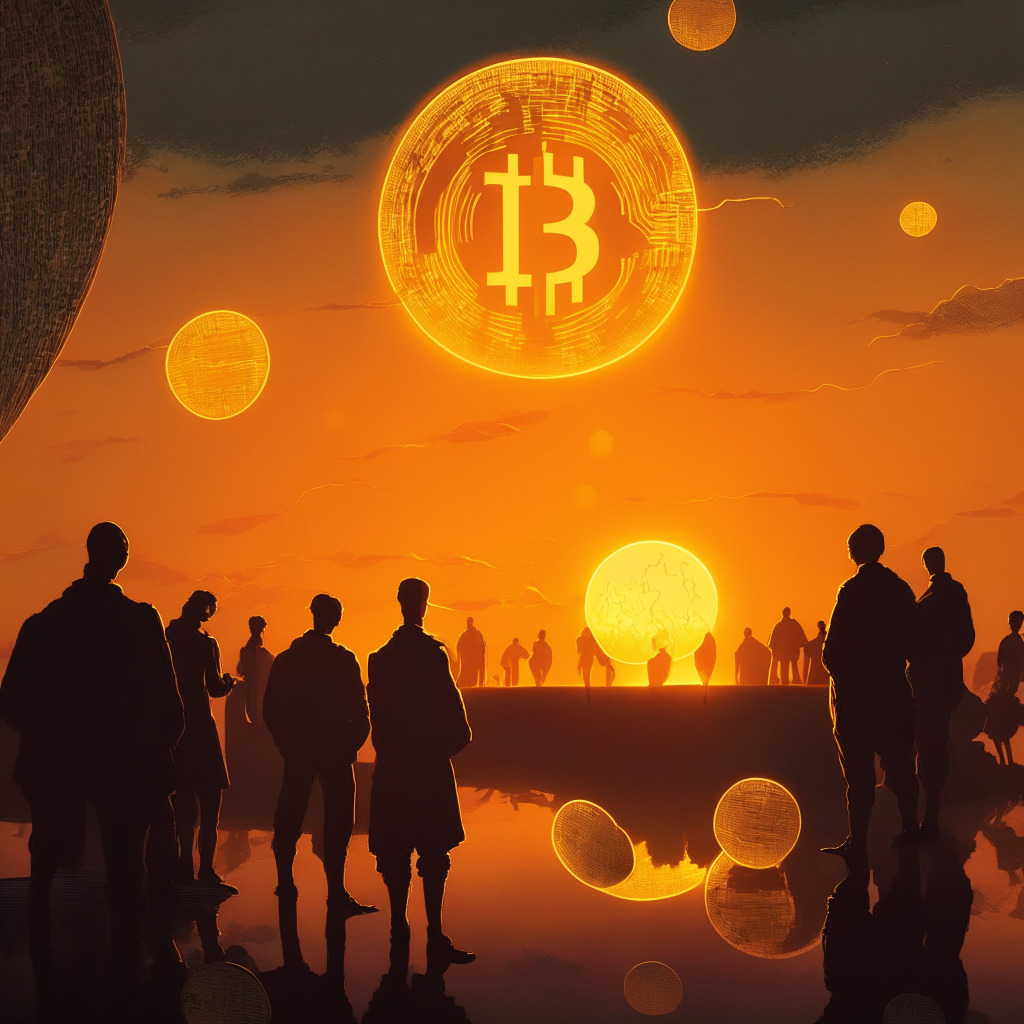As we grapple with a fluctuating global economy, the eyes of the world are increasingly drawn towards decentralized finance (DeFi). With cryptocurrencies such as Bitcoin, individuals are exploring a world of digital money that brings a host of benefits – minus the woes that currently beleaguer existing fiat currencies.
Born out of the 2008 banking crisis, Bitcoin carries an intrinsic motivation to provide a financial alternative to conventional systems. Its creator, Satoshi Nakamoto, envisioned a model of e-money that utilizes cryptographic proof, circumventing the need for intermediary financial institutions. But is this promise being kept, and can DeFi offer a reliable shield against the economic uncertainty that characterizes the 2020s?
Digital currencies like Bitcoin have indeed been an answer to countless problems facing the traditional banking and monetary system. They facilitate a self-custody model where investors can safeguard against risks originating from institutional insolvency; remember how the Silicon Valley Bank crumbled in March 2023, reminding us that the financial behemoths we trust can tumble overnight. However, with DeFi, you can confirm your asset possession directly on-chain.
Inflation, the persistent monster that it is, also finds a potential solution in cryptocurrencies and DeFi. Unlike traditional fiat currencies that central banks can inflate at will, Bitcoin, for instance, bears a fixed total supply. Holding your wealth in Bitcoin safeguards it from reckless, inflation-triggering policies.
However, the crypto-utopia is not perfect, as the advent of Central Bank Digital Currencies (CBDCs) demonstrate. Financial powerhouses such as the Federal Reserve and Europe Central Bank actively consider issuing their own digital currencies to counter the crypto wave. While the concept of digital currency remains, these CBDCs are still heavily centralized, allowing for potential asset freezes by financial authorities. CBDCs might not offer a solution for inflation either, as these central banks can still trigger inflation through measures such as quantitative easing.
There’s also the issue of centralized exchanges (CEXs), platforms like Binance that trade speed and ease of use for transparency and decentralization. History serves as a lesson here, with events like the FTX collapse reminding us that centralized exchanges also fall prey to over-leveraging and insolvency similar to traditional banks. A better user experience, more apps supporting DeFi, and public education are all necessary to encourage mass adoption of DeFi.
Finally, let’s not forget geopolitical tension and global instability will continue to loom over the horizon. In such times, decentralized finance can bolster our financial fortresses. As we strive to create an equitable digital economy and an improved fiscal future, we must also be cautious about the potential trapdoors like CEXs and CBDCs. The information provided here should not replace professional financial advice; always inquire further before making investment decisions.
Source: Cointelegraph




